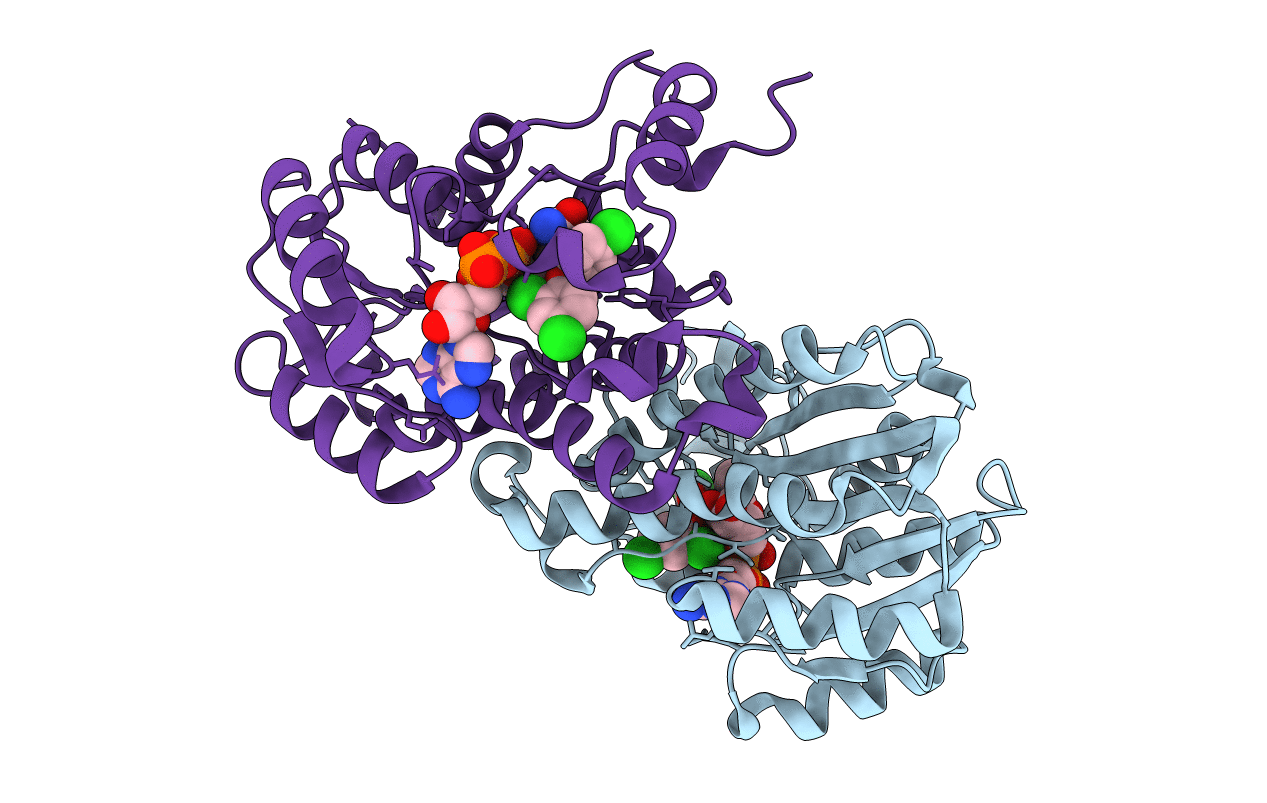
Deposition Date
2010-11-10
Release Date
2011-04-20
Last Version Date
2023-11-01
Entry Detail
PDB ID:
3PJD
Keywords:
Title:
Structure of ENR G93A mutant-NAD+-Triclosan complex
Biological Source:
Source Organism:
Escherichia coli (Taxon ID: 83333)
Host Organism:
Method Details:
Experimental Method:
Resolution:
2.50 Å
R-Value Free:
0.23
R-Value Work:
0.21
R-Value Observed:
0.21
Space Group:
P 61 2 2


